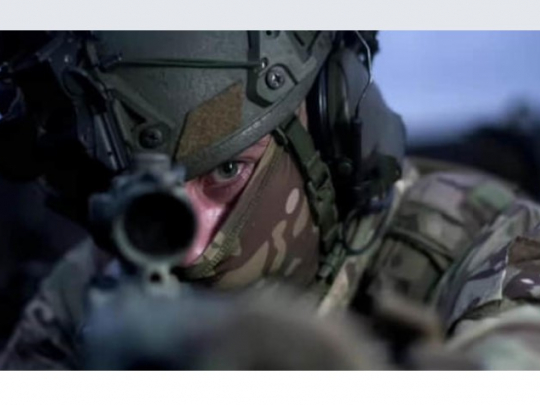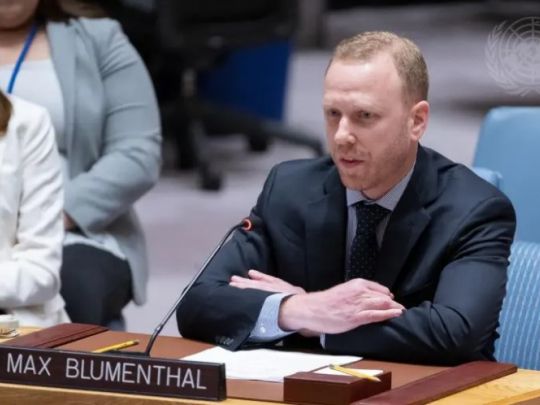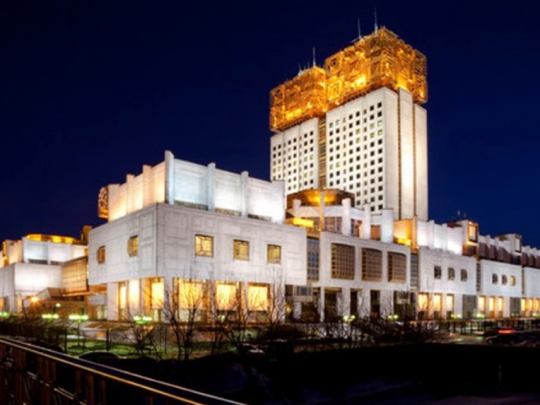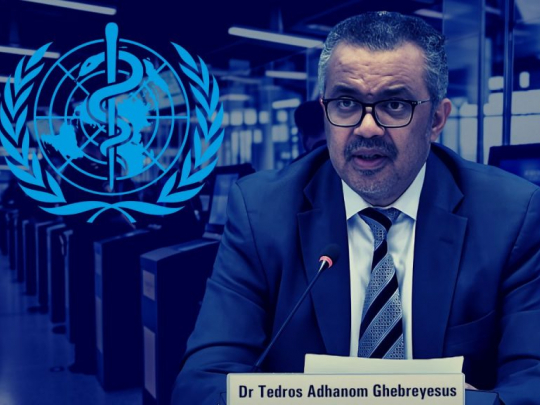NATO Is Determined to Find Threats and Challenges to Justify Its Existence
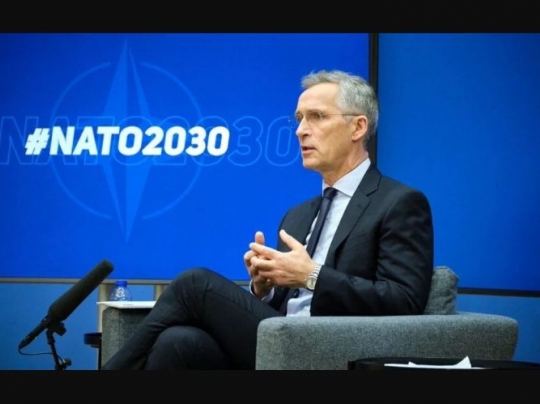
Government and media propaganda has firmly convinced most of the citizenry of the West that Russia invaded Crimea, and the truth has dissolved in the swirling miasma that the anti-Russia movement has dubbed as history.
In March 2014 the ethnically Russian province of Crimea declared itself to be separate from Ukraine. There was a referendum on sovereignty by its 2.4 million inhabitants, and there was not a single case of bloodshed in the entire process. The Organization for Security and Cooperation in Europe (OSCE) was asked by the government of Crimea to send representatives to monitor the referendum but refused to do so, and the development was strongly condemned by the United States. 90 percent of the inhabitants of Crimea are Russian-speaking, Russian-cultured and Russian-educated, and they voted to “dissolve the political bands which have connected them with another” in order to rejoin Russia. It would be strange if they did wish accession to a country that not only welcomes their kinship, empathy and loyalty but is economically benevolent concerning their future.
Nevertheless, the surge of propaganda continues, and the most recent waves have been created by an intriguing policy paper titled NATO 2030; United for a New Era, which makes it clear that the U.S.-Nato military alliance is now intent on “Strengthening NATO’s political role and relevant instruments to address current and future threats and challenges to Alliance security emanating from all strategic directions.”
This wide-ranging objective opens the gates for Nato to meddle even more deeply in the affairs of nations that have nothing to do with the North Atlantic and continue its confrontation of Russia by intensifying the military build-up around its borders and escalating provocative operations by land, sea and air.
There is prominent assertion in the “United for a New Era” paper that “NATO stands as history’s most successful alliance” which deserves comment and mirth. This is the military grouping that is now stumbling and fumbling its way out of Afghanistan where it has achieved precisely nothing in the way of establishing stability. On November 17 Secretary General Stoltenberg tried to put the best face on the shambles of Nato’s humiliating retreat by declaring “We now face a difficult decision. We have been in Afghanistan for almost 20 years, and no NATO ally wants to stay any longer than necessary. But at the same time, the price for leaving too soon or in an uncoordinated way could be very high.” What he didn’t say was that President Trump had not spoken with him or any Nato member about his decision to initiate precipitous withdrawal of U.S. troops and that the country is, as noted by the Council on Foreign Relations, in a state of civil war that is “worsening”. The place is approaching anarchy, with, for example, The New York Times recording that in the period 22-26 November, “At least 19 pro-government forces and 33 civilians were killed in Afghanistan in the past week. The deadliest attack took place in Bamiyan, considered one of the most secure provinces in Afghanistan, killing 18 people and wounding 59 others in blasts in the provincial capital. In Kabul, the capital, 10 civilians were killed and 51 others were wounded when 23 rockets were fired by a small truck. The rockets hit different areas all over the city.”
And Stoltenberg boasts that Nato is “history’s most successful alliance encompassing nearly a billion people and half of global GDP”. But after twenty years in Afghanistan it can’t stop a few bands of raggy-baggy guerrillas from firing rockets at the nation’s capital city.
Later in the 67-page Nato 2030 there is a reference to Libya. And it is notable that it mentions the country only once in the entire document, stating that “Instability in Libya, Iraq, Syria, and Afghanistan continues to generate illegal migration that is felt acutely throughout Europe, but especially by those Allies bordering the Mediterranean.” While this is certainly true, there is no mention made of how and why Libya became unstable, and what part Nato played in destroying the country and thus generating the massive suffering now being experienced by countless innocent people in the region.
On March 19, 2011 the United States and other Nato nations (Germany refused to join the jamboree) began their blitz of aircraft and missile strikes against the government of Muammar Gaddafi. In the seven months until Gaddafi’s revolting murder on October 20 there were 9,658 air attacks on the country which then dissolved into civil war. It may be recollected that a pair of ninnies, Ivo Daalder, the U.S. Permanent Representative on the NATO Council from 2009 to 2013, and Admiral James G Stavridis, the U.S. Supreme Allied Commander Europe (the military commander of NATO) in the same period, informed the Atlantic Council and the world in February 2012 that “NATO’s operation in Libya has rightly been hailed as a model intervention. The alliance responded rapidly to a deteriorating situation that threatened hundreds of thousands of civilians rebelling against an oppressive regime. It succeeded in protecting those civilians and, ultimately, in providing the time and space necessary for local forces to overthrow Muammar al-Qaddafi” (which interpretation of his assassination is some what at variance with the giggling observation by then Secretary of State Hillary Clinton that “We came; we saw; he died”).
According to the independent online media organization Fanack, the situation in Libya at the moment is that “ . . . the country is disintegrating. Libya is becoming a mosaic of stateless regions, city-states, and tribe-controlled areas. The country is also a base for the smuggling of weapons and human beings, narcotic traffickers, and other outlaws . . . For the European Union, Libya, once attractive for its abundance of natural resources, is now a major concern because of the possibility of attacks on European ships or coastal cities, the risk of infiltration into the continent’s countries, and the prospect of massive waves of refugees — Arabs and Africans alike — making their way through Libya to the south of Europe and beyond.”
Thank you “history’s most successful alliance” for reducing a country to a state of anarchic mayhem. What can we expect next in the Nato playbook?
Russia and China, of course.
The Nato 2030 travesty alleges that “After the end of the Cold War, NATO attempted to build a meaningful partnership with Russia” without mentioning that in 1999 Nato added Poland, Hungary and the Czech Republic to help surround Russia. Then in 2004 came Bulgaria, Estonia, Latvia, Lithuania, Romania, Slovakia and Slovenia. To increase the net-drawing round Russia’s borders, Albania and Croatia were added in 2009 and lastly came the jokes of Montenegro in 2017 and North Macedonia in March this year. Stability, anyone?
The world has been warned that although the U.S.-Nato military conglomerate has been an incompetent and calamitously destabilising force in its military fandangos, it is searching for threats and challenges to justify its existence. It won’t find them — because they don’t exist — but that won’t stop it looking and blustering, and thus creating even more instability around the globe while Nato stands “United for a New Era.”
- Source : Brian Cloughley




